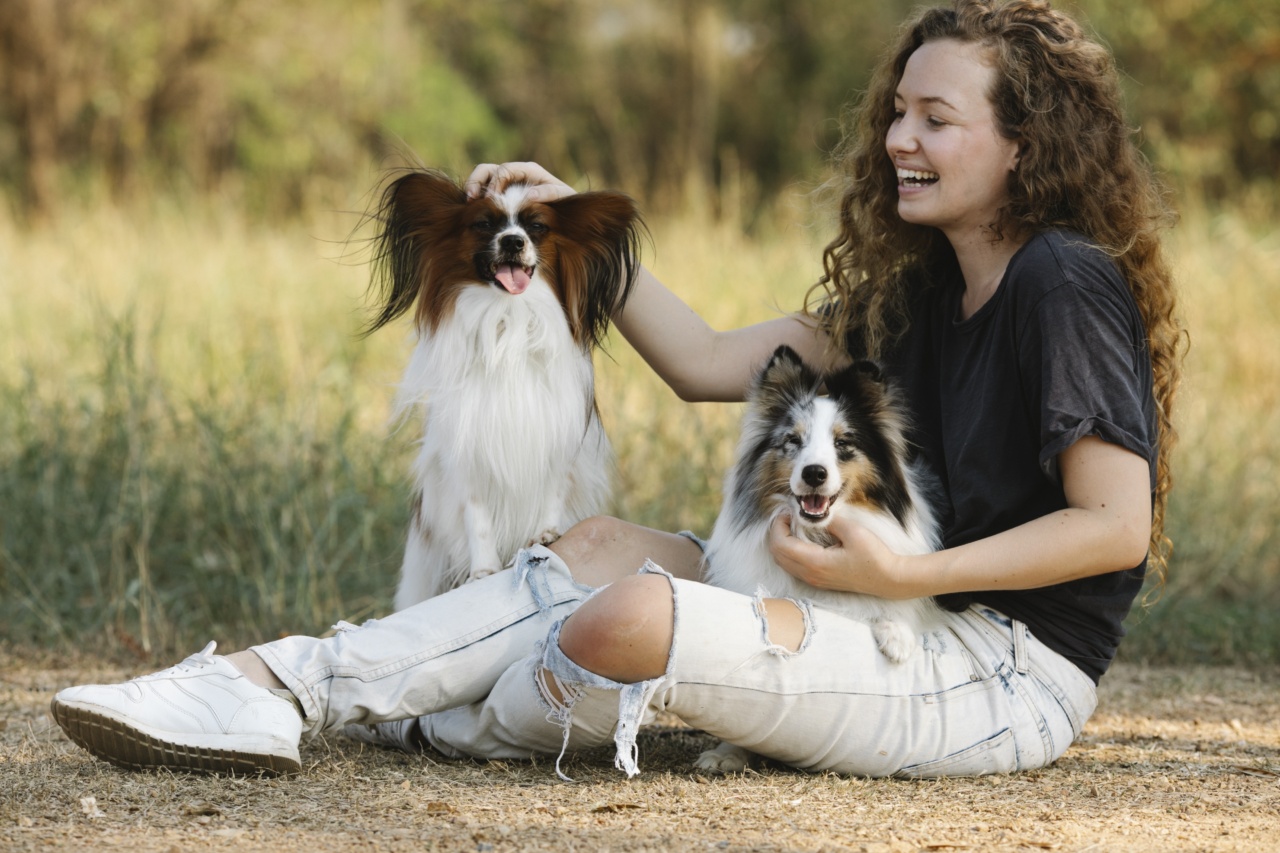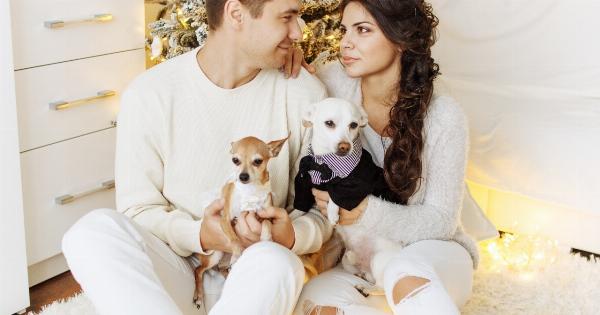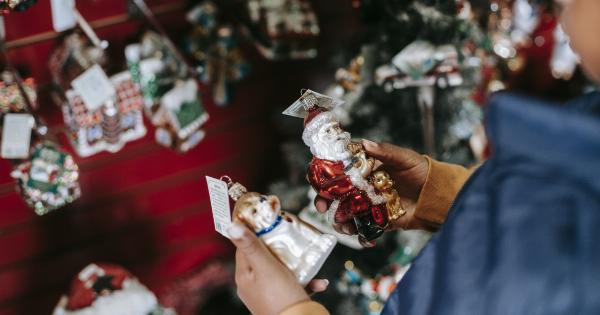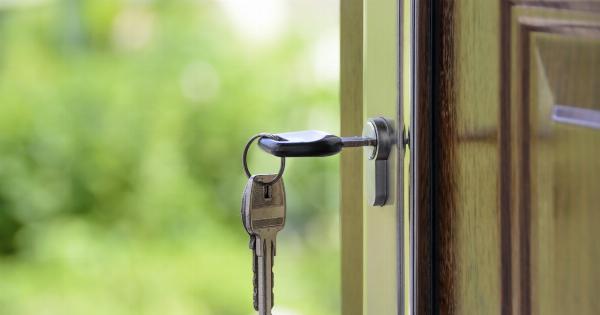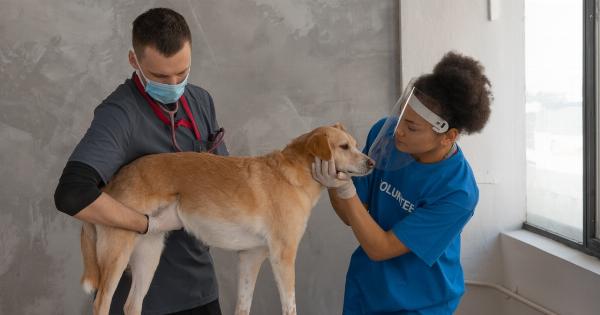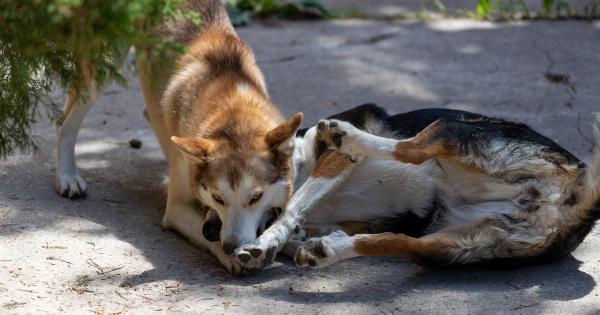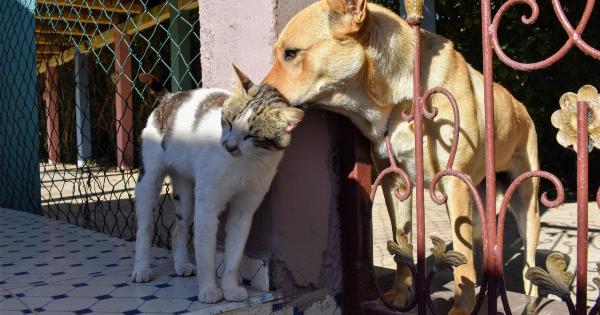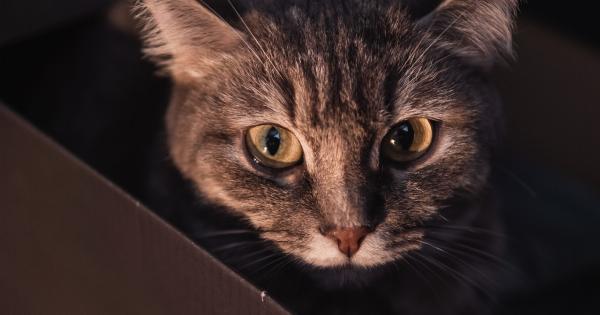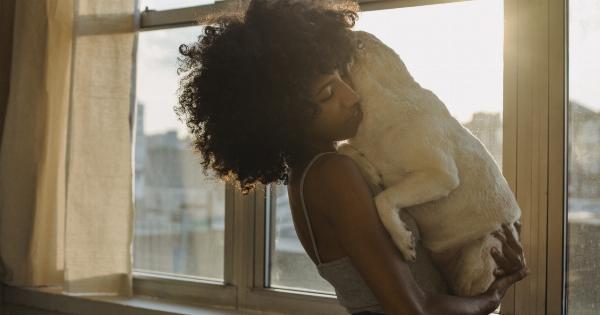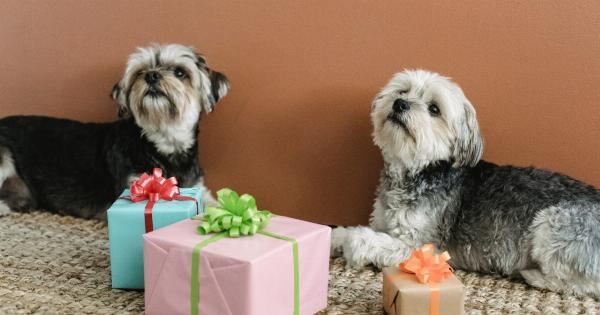Welcoming a pet into your home is an exciting time for any animal lover. Whether you have a mischievous kitten or a bounding puppy, ensuring that your home is safe and secure is crucial for your pet’s well-being.
Just like child-proofing, pet-proofing requires a few essential precautions to prevent accidents and keep your furry friends out of harm’s way. In this article, we will explore some valuable tips to help you make your home pet-proof.
1. Secure Your Windows and Balconies
One of the most critical steps in pet-proofing your home is to ensure your windows and balconies are secure. Cats, with their curious nature, may jump out of an open window or escape through a poorly secured balcony.
Install window screens, especially on higher floors, to prevent accidents or potential escapes. Additionally, reinforce balcony railings with pet-proof netting or bars to keep your pets safe.
2. Store Away Toxic Plants
Many common houseplants are toxic to pets if ingested. Lilies, Philodendrons, and Pothos are just a few examples that can cause severe harm to your furry friends.
Take the time to research which plants are harmful to dogs, cats, or other pets you may have, and consider replacing them with pet-friendly alternatives. If there are plants that are toxic to your pets and you don’t want to remove them, make sure they are placed in areas completely inaccessible to your furry friends.
3. Keep Cleaning Supplies Locked Away
Household cleaning supplies often contain chemicals that are harmful to pets if ingested. From laundry detergents to bathroom cleaners, these substances can cause severe health issues for your furry friends.
Store all cleaning supplies in locked cabinets or high shelves to prevent any accidental exposure. Consider using pet-friendly or natural cleaning products that are safer for your pets.
4. Eliminate Potential Choking Hazards
Just like infants, curious pets tend to explore the world around them by chewing on various objects. To prevent choking hazards, remove any small items that your pet can access.
Keep an eye out for loose change, children’s toys, small buttons, rubber bands, or any other small items that may fit into your pet’s mouth. If possible, designate a specific area with pet-friendly toys for them to play with.
5. Secure Electrical Cords
Exposed electrical cords are not only a potential hazard for your pets but also for your home. Pets may chew on cords, leading to electrocution or causing electrical fires.
Secure cords to baseboards or use cord covers to keep them out of your pet’s reach. Additionally, pet-proof outlets can prevent your furry friends from inserting their paws or objects into electrical sockets.
6. Store Medications Safely
Prescription drugs and over-the-counter medications can pose a significant risk to pets if ingested. Ensure that all medications are stored securely in cabinets that your pets cannot access.
Be cautious when taking your own medication and avoid leaving pills lying around. If you suspect your pet has ingested any medication, contact your veterinarian immediately.
7. Install Baby Gates
Baby gates can be a valuable tool to restrict your pets’ access to certain areas of your home.
They can be used to create boundaries, especially during mealtime, or when you want to prevent your pets from entering potentially dangerous areas such as the kitchen or staircases. Choose sturdy gates that cannot be knocked down easily, ensuring your pets’ safety.
8. Check for Hidden Dangers
When pet-proofing your home, it’s essential to identify potential hidden dangers. Look for any loose wires, gaps under furniture, or items that could be toppled over by boisterous pets.
Move any chemicals or hazardous substances stored in lower cabinets to higher areas that your pets cannot reach. By conducting a thorough inspection, you can identify and eliminate any potential risks.
9. Mindful Food Storage
Some human foods can be toxic to pets. Keep food items such as chocolate, grapes, raisins, onions, garlic, and products containing xylitol out of your pet’s reach.
Store garbage bins securely, ensuring your pets cannot access them and potentially consume any harmful substances. Make sure all cabinets and pantries containing food are securely closed.
10. Provide Safe Spaces
Lastly, create designated safe spaces for your pets within your home. These spaces can be their own beds, cozy corners, or crates where they can retreat to when they feel anxious or overwhelmed.
Make sure these spaces are comfortable, quiet, and easily accessible to your pets. Avoid placing them near potentially hazardous areas such as heating vents or open windows.
